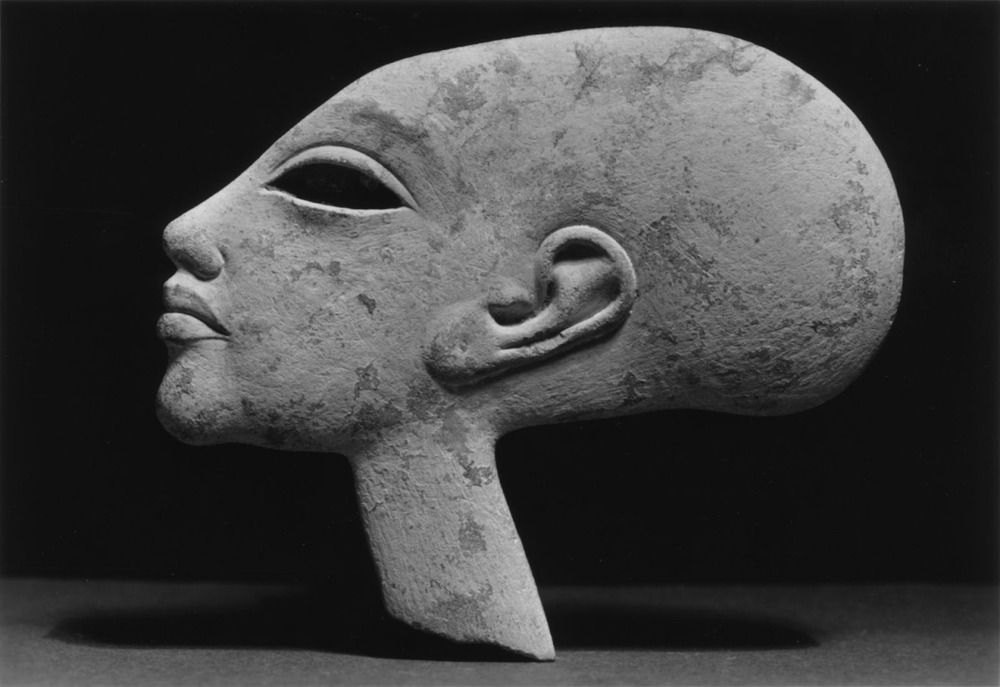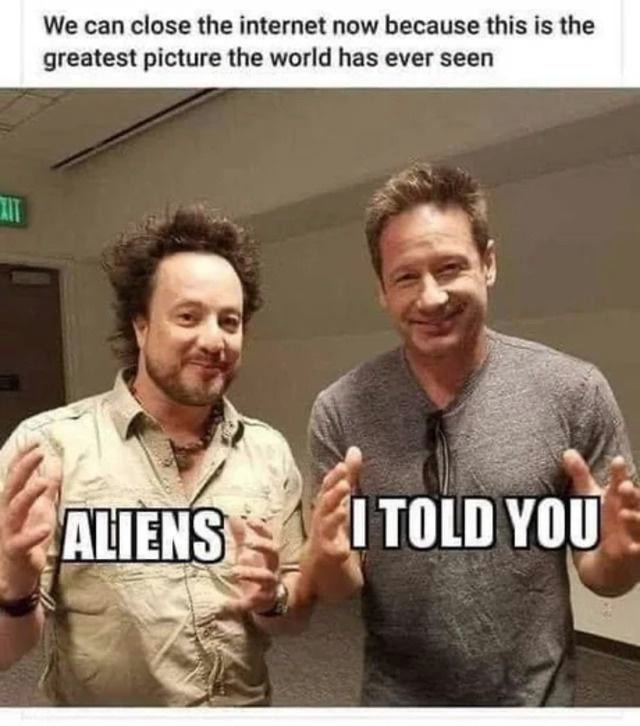Speculation about the possibility of inhabited “worlds” outside the planet Earth dates back to antiquity. Multiple early Christian writers discussed the idea of a “plurality of worlds” as proposed by earlier thinkers such as Democritus; Augustine references Epicurus’s idea of innumerable worlds “throughout the boundless immensity of space” (originally expressed in his Letter to Herodotus) in The City of God. In his first century poem De rerum natura (Book 2:1048–1076), the Epicurean philosopher Lucretius predicted that we would find innumerable exoplanets with life-forms similar to, and different from, the ones on Earth, and even other races of man.
Pre-modern writers typically assumed that extraterrestrial “worlds” would be inhabited by living beings. William Vorilong, in the 15th century, acknowledged the possibility that Christ could have visited extraterrestrial worlds to redeem their inhabitants. Nicholas of Cusa wrote in 1440 that the Earth was “a brilliant star” like other celestial objects visible in space, which would appear similar to the Sun from an exterior perspective due to a layer of “fiery brightness” in the outer layer of the atmosphere. He theorized that all extraterrestrial bodies could be inhabited by men, plants, and animals, including the Sun. Descartes wrote that there was no means to prove that the stars were not inhabited by “intelligent creatures,” but their existence was a matter of speculation. The writings of these thinkers show that interest in extraterrestrial life existed throughout history, but it is only recently that humans have had any means of investigating it.
https://en.m.wikipedia.org/wiki/Extraterrestrial_life


